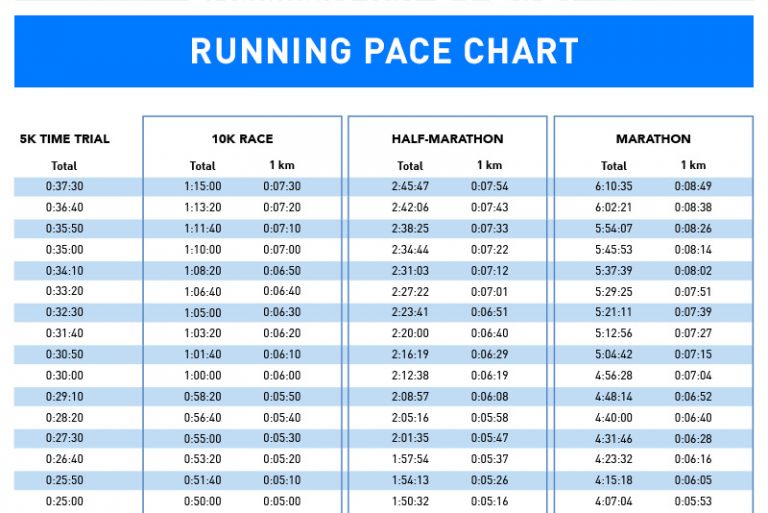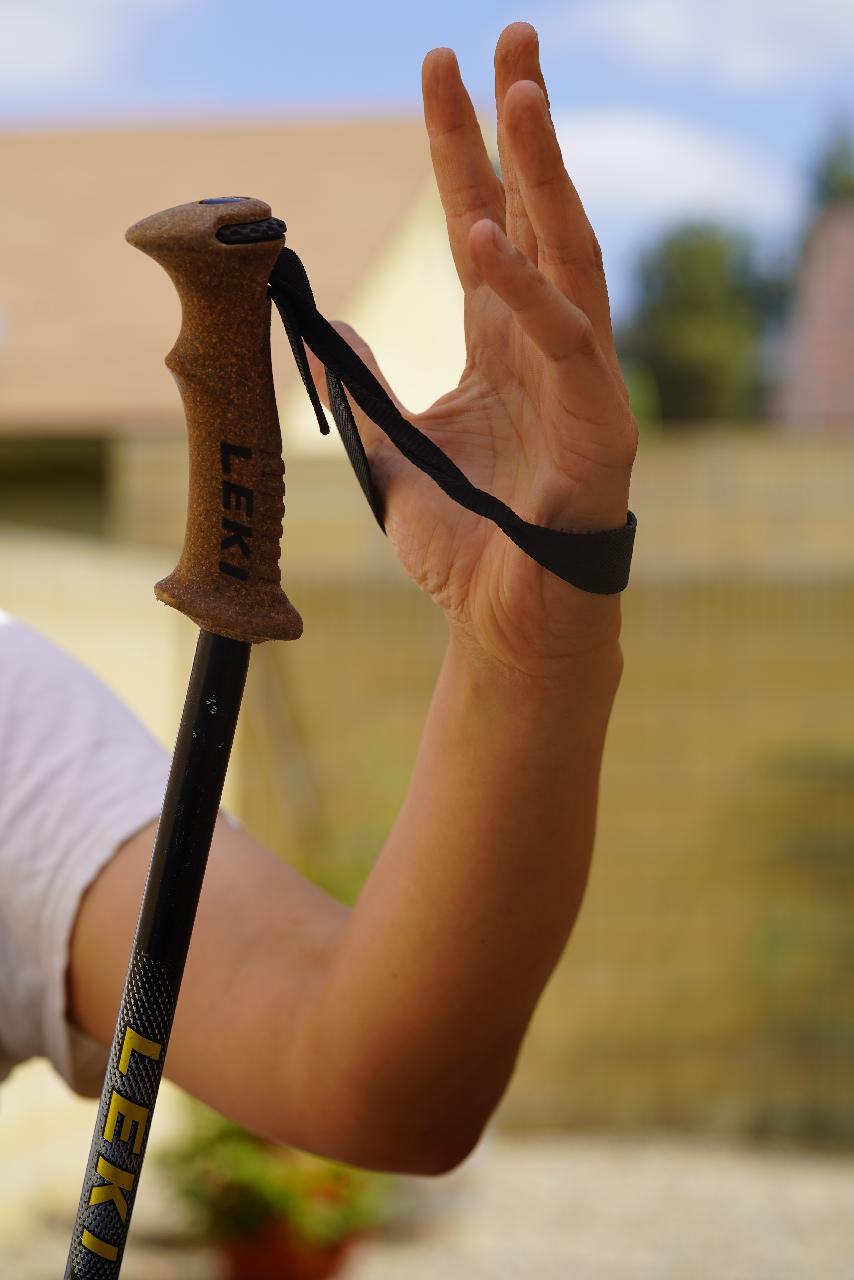The Significance of Average Hiking Pace per Mile
Understanding the average hiking pace per mile is crucial for hikers seeking to optimize their time management, route planning, and energy conservation. By familiarizing yourself with typical hiking speeds, you can better plan your hiking adventures, allocate time for breaks, and distribute your energy levels throughout the journey.
Moreover, knowing the average hiking pace per mile can help you set realistic goals and expectations for your hikes. It allows you to assess your progress, monitor improvements, and identify areas for enhancement. Consequently, you can tailor your training regimen, gear selection, and hiking techniques to match your specific needs and objectives.
In this comprehensive guide, we will explore various aspects of average hiking pace per mile, including the factors that influence hiking speed, typical speeds for various terrains, and techniques to calculate and improve your personal hiking pace. By the end of this article, you will have a solid understanding of how to balance speed, safety, and enjoyment during your hiking adventures.
Factors Influencing Hiking Speed
Hiking speed is subject to various factors, which can significantly impact your overall pace and endurance. Recognizing these factors is essential for developing personalized pacing strategies and optimizing your hiking experience.
Terrain: The type of terrain you encounter during a hike plays a significant role in determining your hiking speed. Flat, even terrains generally allow for faster speeds, while hilly, rocky, or uneven trails can slow you down.
Elevation: Climbing uphill or navigating steep descents can significantly affect your hiking speed. Uphill sections often require more effort and energy, slowing down your pace, while downhill sections may enable faster speeds but can also increase the risk of injury.
Weather: Adverse weather conditions, such as rain, snow, or high winds, can impact your hiking speed by making trails slippery, reducing visibility, or causing fatigue.
Individual Fitness Levels: Your personal fitness level, including strength, endurance, and cardiovascular health, greatly influences your hiking speed. Regular exercise, training, and conditioning can help improve your overall hiking pace per mile.
Pack Weight: Carrying a heavy backpack can slow down your hiking speed and increase fatigue. Properly distributing the weight and selecting lightweight, essential gear can help maintain a steady pace.
Experience and Skill Level: Seasoned hikers with advanced navigation, route-finding, and terrain-adaptation skills often maintain faster hiking speeds than beginners.
To optimize your average hiking pace per mile, consider these factors when planning your hikes and developing pacing strategies. Adapt your expectations based on the trail conditions, your fitness level, and the specific goals of your hiking adventure.
Typical Hiking Speeds for Various Terrains
Understanding the average hiking speeds for different types of terrains can help you better plan your hikes, set realistic expectations, and gauge your progress. Here, we provide a comparison of hiking speeds for various terrains, considering the abilities of novice, intermediate, and advanced hikers.
Flat Terrain: Flat, even trails are the easiest for maintaining a steady pace. Novice hikers typically maintain an average hiking pace per mile of 2 to 3 miles per hour (mph), while intermediate hikers can average 3 to 4 mph. Advanced hikers may sustain speeds of 4 to 5 mph or higher, depending on their fitness level and experience.
Rolling Terrain: Rolling terrain features gentle inclines and declines, which can slightly slow down hiking speeds. Novice hikers may average 1.5 to 2.5 mph, while intermediate hikers can maintain speeds of 2.5 to 3.5 mph. Advanced hikers can expect to hike at speeds of 3.5 to 5 mph or more.
Mountainous Terrain: Mountainous trails with steep inclines and declines significantly impact hiking speeds. Novice hikers may average 1 to 2 mph, while intermediate hikers can maintain speeds of 2 to 3 mph. Advanced hikers can hike at speeds of 3 to 4 mph or higher, depending on the severity of the terrain.
Keep in mind that these are general estimates, and individual hiking speeds may vary. Factors such as weather, pack weight, and personal fitness levels can significantly influence your hiking pace per mile. Adapt your expectations based on your abilities, the trail conditions, and your specific hiking goals.
How to Calculate Your Personal Hiking Pace
To determine your personal hiking pace per mile, you need to measure your time and distance during hikes. Here are the steps to calculate your average hiking pace:
- Choose a hiking trail with a clearly marked distance. Ideally, select a trail with a round-trip distance to simplify the calculation process.
- Record the start time at the beginning of the trailhead. Use a wristwatch, smartphone, or dedicated GPS device to ensure accuracy.
- Hike the entire trail at a steady, comfortable pace. Avoid pushing yourself too hard, as this can lead to inaccurate results and increased fatigue.
- Record the end time upon reaching the finish line. Make sure to stop the timer as soon as you reach the endpoint to maintain accuracy.
- Calculate the total time elapsed during the hike by subtracting the start time from the end time.
- Divide the total distance of the hike (in miles) by the total time elapsed (in hours). This will give you your average hiking pace per mile.
For example, if you hiked a 6-mile trail and it took you 2 hours to complete, your average hiking pace per mile would be 3 miles per hour (6 miles / 2 hours = 3 mph).
To improve your pace and endurance, consider implementing the following tips:
- Regularly engage in cardiovascular exercises, such as running, swimming, or cycling, to build your overall endurance and stamina.
- Incorporate strength training exercises, like squats, lunges, and deadlifts, to develop lower body and core strength, which can enhance your hiking speed and efficiency.
- Practice interval training during your hikes by alternating between faster and slower paces. This technique can help improve your anaerobic capacity and overall hiking speed.
- Gradually increase the distance and elevation gain of your hikes to challenge your body and promote continuous improvement.
- Select lightweight, essential gear to reduce the weight of your backpack and conserve energy during your hikes.
By consistently measuring and tracking your personal hiking pace per mile, you can monitor your progress, identify areas for improvement, and develop a more efficient and enjoyable hiking experience.
How to Improve Your Hiking Speed
Improving your hiking speed requires consistent practice, gradual progression, and a well-rounded training approach. Here are several techniques and training methods to help you enhance your hiking speed:
Interval Training
Interval training involves alternating between faster and slower paces during your hikes. This technique can help improve your anaerobic capacity, overall hiking speed, and endurance. For example, try hiking at a faster pace for 30 seconds, followed by a slower pace for 1 to 2 minutes. Repeat this pattern throughout your hike, gradually increasing the duration of the faster intervals as your fitness level improves.
Strength Training
Strength training exercises can help develop lower body and core strength, which can enhance your hiking speed and efficiency. Focus on exercises like squats, lunges, deadlifts, and calf raises to target the primary muscle groups used during hiking. Incorporate strength training into your routine 2 to 3 times per week, allowing adequate recovery time between sessions.
Cardiovascular Training
Regular cardiovascular exercises, such as running, swimming, or cycling, can help build your overall endurance and stamina. Aim for at least 150 minutes of moderate-intensity or 75 minutes of high-intensity cardiovascular exercise per week, as recommended by the American Heart Association. This can help improve your aerobic capacity, which can translate to faster hiking speeds and increased endurance on the trails.
Flexibility and Balance Training
Improving your flexibility and balance can help reduce the risk of injuries and improve your hiking efficiency. Incorporate stretching exercises, yoga, or Pilates into your routine to target these areas. Focus on stretches that target the hips, hamstrings, calves, and ankles, as these are crucial for hiking.
Proper Gear Selection
Selecting lightweight, essential gear can help reduce the weight of your backpack and conserve energy during your hikes. Opt for ultralight camping equipment, such as tents, sleeping bags, and stoves, and only carry the essentials. This can help improve your overall hiking speed and endurance.
To maximize your progress, consistently track your personal hiking pace per mile and set achievable goals for improvement. Remember that gradual progression is key to avoiding injuries and ensuring long-term success. By incorporating these techniques and training methods into your routine, you can enhance your hiking speed, endurance, and overall enjoyment of the trails.
The Role of Hiking Poles in Boosting Your Pace
Hiking poles are versatile tools that can help increase your hiking speed, improve balance, and reduce fatigue. By effectively using hiking poles, you can distribute the workload across your upper and lower body, enabling you to maintain a faster pace with less effort. Here are some tips on selecting the right hiking poles and using them effectively:
Selecting the Right Hiking Poles
When choosing hiking poles, consider the following factors:
- Material: Look for lightweight materials, such as carbon fiber or aluminum, to minimize the weight of the poles.
- Adjustability: Opt for adjustable poles that allow you to easily modify the length based on the terrain and your personal preferences.
- Grip: Select poles with ergonomic grips that provide a comfortable and secure hold, even during long hikes.
- Shock Absorption: Consider poles with built-in shock absorption features to reduce the impact on your joints, especially when hiking on rough or uneven terrain.
Using Hiking Poles Effectively
To make the most of your hiking poles, follow these guidelines:
- Adjust the length of your poles based on the terrain. Generally, set the pole length so that your elbow is at a 90-degree angle when holding the grip and planting the pole on the ground.
- Plant your poles forward and downward, ensuring that the tips make contact with the ground before your feet. This technique helps maintain a steady rhythm and reduces the impact on your joints.
- Use your arms and core to generate power when pushing off with the poles. This can help distribute the workload and improve your overall hiking efficiency.
- When ascending hills, use your poles to help pull yourself up, reducing the strain on your legs. Conversely, when descending, use your poles to help control your descent and reduce the impact on your knees.
By incorporating hiking poles into your hiking routine, you can potentially increase your hiking speed, improve your balance, and reduce fatigue. Remember to select the right poles for your needs and use them effectively to maximize their benefits.
Balancing Speed and Safety: Tips for Maintaining a Steady Pace
Balancing speed and safety is crucial for an enjoyable and successful hiking experience. While it’s natural to want to cover ground quickly, maintaining a steady pace can help you avoid injuries, manage fatigue, and fully appreciate the journey. Here are some tips for striking the right balance:
Pace Yourself
Start with a comfortable pace that allows you to hold a conversation without becoming too winded. As you become more accustomed to the terrain and your body warms up, you can gradually increase your pace. Remember to listen to your body and adjust your speed as needed to avoid overexertion.
Monitor Your Heart Rate
Using a heart rate monitor can help you gauge your intensity and ensure that you’re not pushing yourself too hard. Aim to maintain a heart rate within your target training zone, which is typically 50-85% of your maximum heart rate. This can help you strike a balance between challenging yourself and maintaining a sustainable pace.
Stay Hydrated and Fueled
Proper hydration and nutrition are essential for maintaining your energy levels and overall performance. Carry enough water and high-energy snacks, such as trail mix, energy bars, or dried fruit, to sustain you throughout your hike. Take regular breaks to refuel and rehydrate, and pay attention to signs of dehydration or low blood sugar, such as dizziness, fatigue, or irritability.
Dress Appropriately
Wear moisture-wicking clothing and layers to help regulate your body temperature and stay comfortable in various weather conditions. Choose sturdy, well-fitting footwear with good traction to help prevent slips and injuries. Don’t forget to pack extra clothing, such as a rain jacket or hat, to accommodate changing weather patterns.
Prioritize Rest and Recovery
Incorporate rest days and active recovery sessions, such as yoga or stretching, into your training routine. This can help prevent injuries, reduce fatigue, and promote overall well-being. Remember that consistency is key, and taking the time to recover can help you maintain a steady pace and enjoy your hiking adventures for years to come.
By focusing on a steady pace, rather than just speed, you can ensure a safe, enjoyable, and rewarding hiking experience. Remember to prioritize your well-being, listen to your body, and make the most of your time on the trails.







